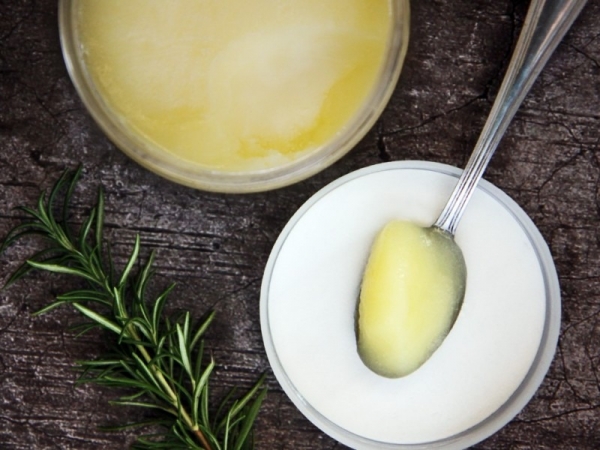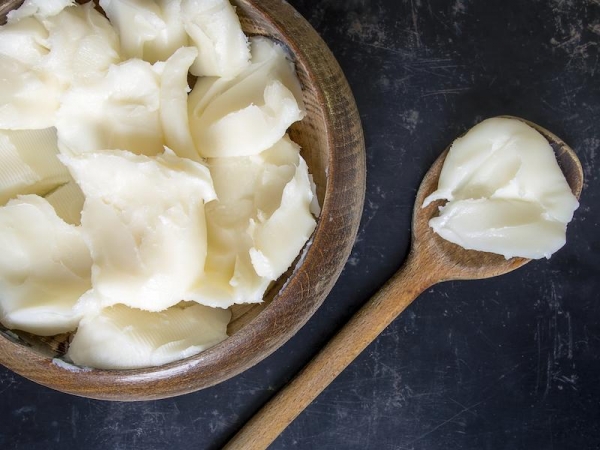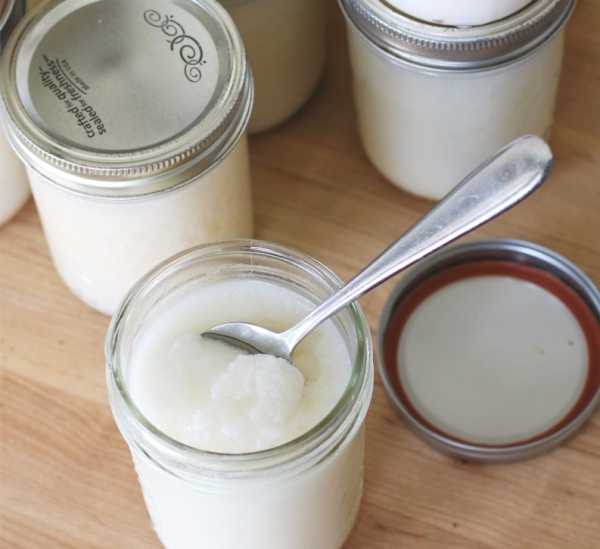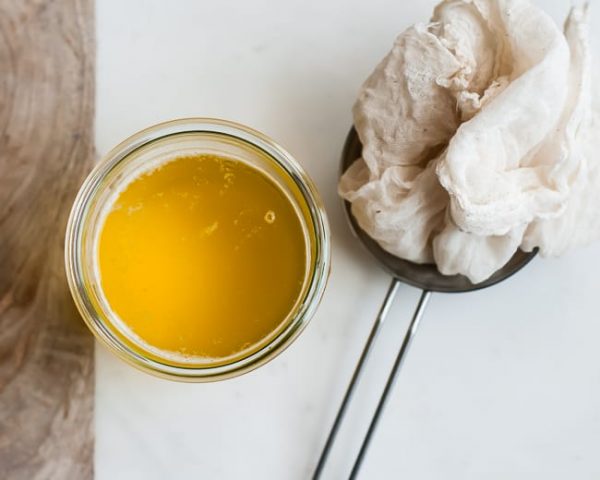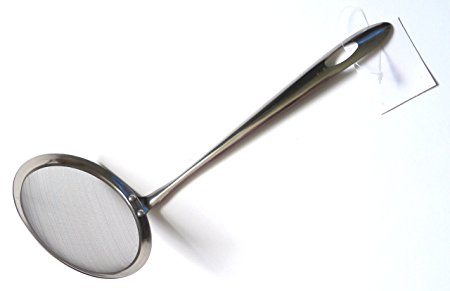It’s hard to improve on butter, but… Ghee, a traditional Indian preparation, eliminates the milk solids and gives you just the pure, unadulterated butterfat. It’s gheelicious. And it doesn’t burn, so it is a perfect choice for high temperature frying. Before introducing butter on the GAPS diet, the introduction stages advises to introduce ghee […]
Print Recipe
Ghee (clarified butter)
This recipe is appropriate for stage two of the GAPS Introduction Diet and onwards
Votes: 0
Rating: 0
You:
Rate this recipe!
|
|
Votes: 0
Rating: 0
You:
Rate this recipe!
|
Instructions
Option one
Preheat your oven to approximately 60 – 120 Degrees Celsius.
Add a large block of unsalted organic butter to a glass or stainless steel oven dish and leave it in the oven for 45 – 60 minutes.
The liquid in the dish will separate with milk solids on the bottom (liquid creamy white colour), ghee in the middle (yellow) with some floaty bits of whey on top (crusty yellow and golden brown floaty bits). The whey can be carefully scooped out from the top with a tea strainer and the yellow liquid which is the ghee can be carefully poured into a jar with a cheese cloth on top to catch any whey or unwanted milk solids. Try not to disrupt the milk solids and ensure that they remain in the bottom of the pan as you pour out the ghee.
Discard the milk solids and refrigerate the ghee in glass jars.
Option two
Melt the unsalted butter in a saucepan over low heat. Don't stir.
Reduce heat and let the melted butter simmer for an hour or until a firm "foam" forms on the surface.
Remove the foam with a flat head stainless steel seive straining spoon (see image). On the bottom, you'll now see white milk protein, which you want to leave behind in the pan or filter out of your ghee.
Carefully pour the clarified butter through a cheese cloth. The white milk protein should remain in the cloth, while the clear butterfat seeps through.
Repeat the filtering a couple of times for optimal results.
Let the ghee cool in a glass jar and store at room temperature.
Recipe Notes
Other Options: You can use your slow cooker to make ghee. Put the butter in it and turn on low heat for 6-8 hours. Then follow the steps above.
